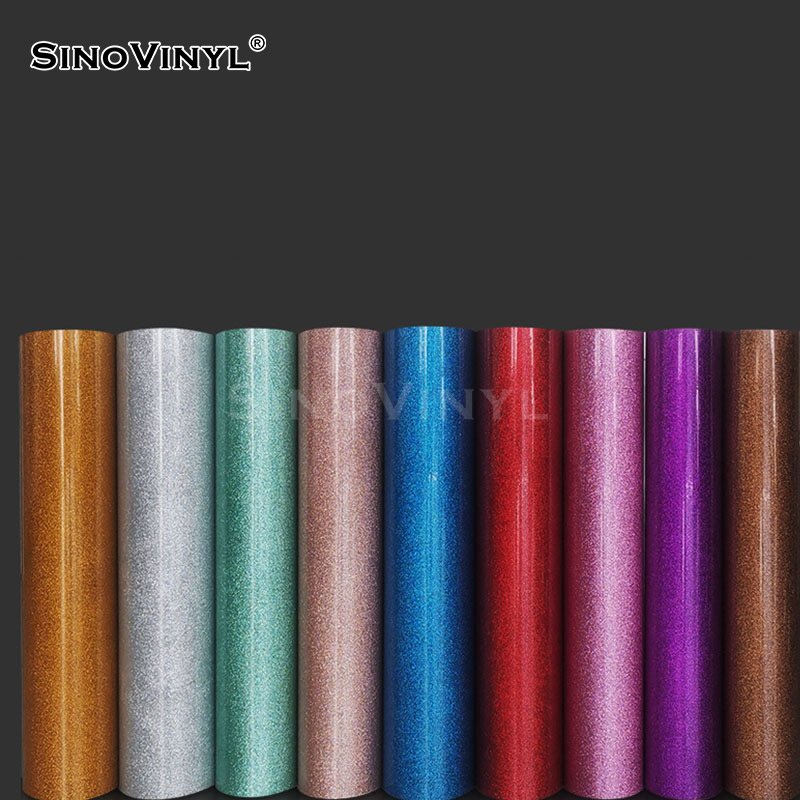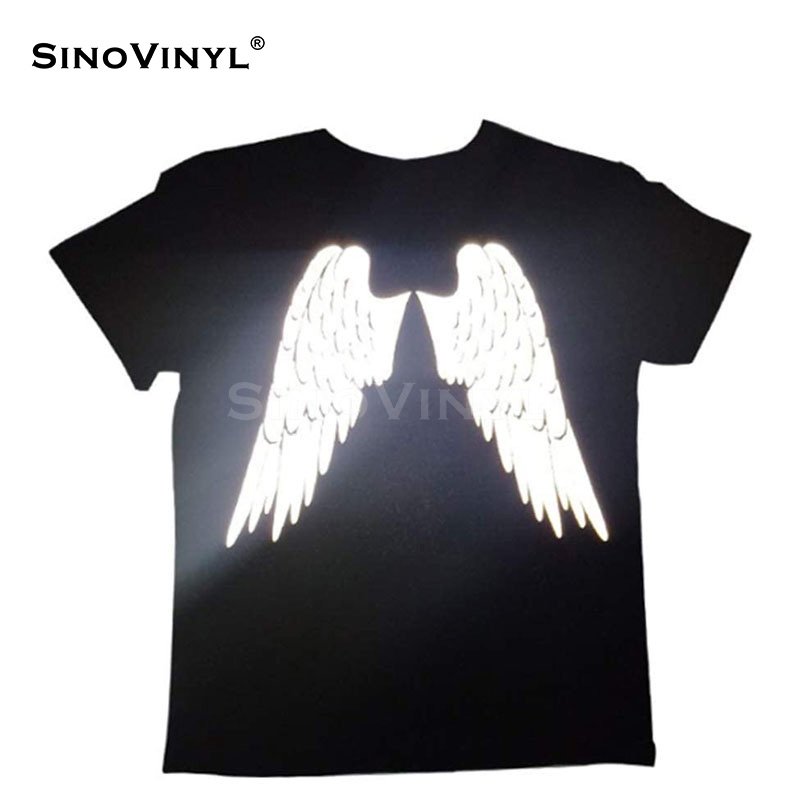Choosing the Right Fabric for Printed HTV
Choosing the right fabric is crucial for a successful printed heat transfer vinyl (HTV) project. Here’s a guide to help you select the most suitable fabrics and avoid ones that may not work well with HTV:
Suitable Fabrics for Heat Transfer Vinyl:
1. Cotton and Cotton Blends:
– Cotton is one of the best fabrics for HTV as it provides a smooth surface for the vinyl to adhere to.
– Cotton blends, which combine cotton with other fibers like polyester, can also work well.
2. Polyester:
– Polyester is another excellent option. It’s smooth, durable, and holds the adhesive well.
3. Jersey and Knit Fabrics:
– These fabrics are typically smooth and stretchy, making them great for HTV application.
4. Lycra/Spandex:
– These stretchy fabrics can be used, but be cautious as excessive stretching can cause the vinyl to crack or peel.
5. Canvas:
– Sturdy canvas materials, often used for tote bags, also work well with HTV.
6. Denim:
– Denim is a robust fabric that provides a good surface for HTV.
7. Fleece:
– Fleece materials are typically made of polyester, which is HTV-friendly.
8. Leather and Faux Leather:
– With proper preparation, leather and faux leather can be used for unique HTV projects.
Fabrics to Avoid:
1. Nylon:
– While nylon is a popular fabric, it’s not ideal for HTV. The high heat required for application can damage the fabric.
2. Rayon:
– Rayon can be sensitive to heat, which may cause it to shrink or become misshapen during the application process.
3. Silk:
– Silk is a delicate fabric that doesn’t handle heat well, making it unsuitable for HTV.
4. Acrylic:
– Acrylic fabrics can melt or warp under the heat needed for HTV application.
5. Wool:
– Wool is sensitive to high heat and can be damaged during the application process.
6. Vinyl-Coated Fabrics:
– These fabrics have a protective vinyl layer that can prevent the HTV from adhering properly.
7. Mesh or Open Weave Fabrics:
– The gaps in these fabrics can make it difficult for the HTV to adhere properly.
8. Waterproof or Teflon-Coated Fabrics:
– The coatings on these fabrics can repel the adhesive, preventing proper bonding.
Remember, it’s always a good idea to test a small piece of fabric before committing to a larger project. This way, you can ensure that the fabric is compatible with your chosen HTV and application process.















